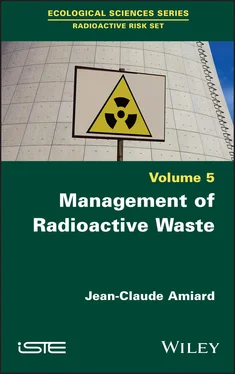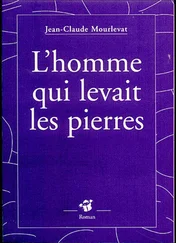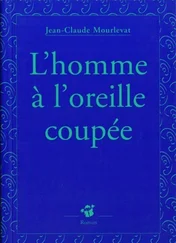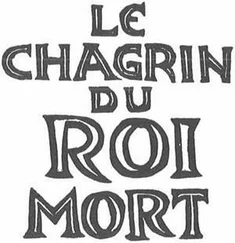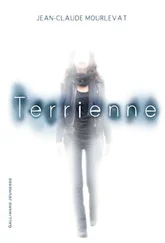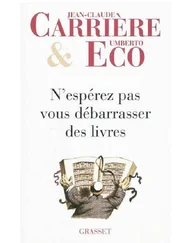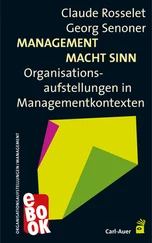| Radionuclide |
Class A |
Class B |
Class C |
| 3H |
40 |
MC |
MC |
| 14C |
0.8 |
– |
8 |
| 60Co |
700 |
MC |
MC |
| 90Sr |
0.04 |
150 |
7,000 |
| 99Tc |
0.3 |
– |
3 |
| 129I |
0.008 |
– |
0.08 |
| 137Cs |
1 |
44 |
4,600 |
| All radionuclides with half-life <5 years |
700 |
MC |
MC |
| α emitters with a half-life >5 years |
10 |
|
100 |
| 241Pu |
350 |
|
3,500 |
| 242Cm |
2,000 |
|
20,000 |
1.3.5. British classification
The British classification of radioactive waste adopts the IAEA classification into five categories by defining its own criteria for activity levels ( Table 1.3).
Table 1.3. The British nuclear waste classification system (source: [OJO 14, RAH 15])
| Waste classes |
Characteristics of this class |
| VLLW, small volume |
Waste of 0.1 m 3that can be disposed of with regular garbage if it contains less than 400 kBq of activity, as well as hospital and university waste. For waste containing carbon-14 and tritium, the activity limit is 4,000 kBq |
| VLLW, large volume |
Radioactive waste with an upper limit of 4 MBq per ton (not including tritium) is disposed of in specified landfills. For waste containing tritium, the upper limit is 40 MBq per ton |
| LLW |
Containing radioactive material other than that suitable for disposal with ordinary waste, but not exceeding 4 GBq per ton of waste or 12 GBq per ton of β and γ activity |
| ILW |
Waste with radioactivity levels above the upper limits for LLW, but which does not generate heat |
| HLW |
Wastes in which the temperature can increase significantly due to their radioactivity, so this factor must be taken into account in the design of storage or disposal facilities |
1.3.6. Russian classification
The Russian classification of radioactive waste is based on a division into three classes according to the specific activity of various categories of radionuclides ( Table 1.4). The limits of the categories are high.
Table 1.4. Practical classification of radioactive waste in Russia (source: [OJO 14])
| Category |
Specific activity (Bq.g -1) |
|
Tritium |
Beta (except 3H) |
Alpha (except transuranium elements) |
Transuranium elements |
| Low activity |
10 6–10 7 |
<10 3 |
<10 2 |
<10 |
| Average activity |
10 7–10 11 |
10 3–10 7 |
10 2–10 6 |
10–10 5 |
| High activity |
>10 11 |
>10 7 |
>10 6 |
>10 5 |
1.3.7. Comparisons of the various classifications
Various comparisons can be made between the classifications of radioactive waste used by different countries.
1.3.7.1. American classification and IAEA recommendation
The classification recommended by the IAEA and that applied by the United States have no overlap ( Table 1.5).
Table 1.5. Comparison of IAEA ([IAE 09a], GSG-1) and NRC ([NRC 15]) classifications (source: [NEA 16a])
| NRC |
Class A |
Class B |
Class C |
Excess C or GTCC |
| IAEA |
VLLW |
LLW |
ILW |
HLW |
1.3.7.2. Comparison between the Belgian, French and Canadian radioactive waste classifications
In Belgium, class A waste has a specific destination and class B and C waste are managed together. In France, the VLLW and LLW-SL categories are managed together, the AA-LL and HALL categories are managed together, while the FA-VL category is managed independently. For the three states, a distinction is made between current waste and historical waste [PAR 18].
Table 1.6. Comparison of radioactive waste classifications in Belgium, France and Canada (source: [PAR 18]). In brackets, the equivalences with the IAEA classification from 2009 [IAE 09a]
|
Belgium |
France |
Canada |
| Number of categories |
3 |
5 |
4 |
| Classification by lifespan and activity level |
A (LLW)B (ILW)C (HLW) |
TFA (VSLW)FMA-VC (LLW)FA-VL (VLLW)MA-VL (ILW)HA-VL (HLW) |
LLW (LLW)ILW (ILW)HLW (HLW + spent fuel)Mining waste |
| Other more vague categories |
NORM, T-NORMRadiferWaste from future sanitationSpent fuelSpent MOX fuel |
Waste without a channelFuel and MOX |
|
1.3.8. Classification of sealed sources
For sealed sources, the IAEA [IAE 09a] recommends the classifications reported in Table 1.7.
Table 1.7. Examples of the use of the IAEA classification for disused sealed radioactive sources (source: [IAE 09a])
| Type |
Half-life |
Activity |
Volume |
Examples |
| VSLW |
<100 days |
100 MBq |
Small |
90Y, 198Au (brachytherapy) |
| VSLW |
<100 days |
5 TBq |
Small |
192Ir (brachytherapy) |
| LLW |
<15 years |
<10 MBq |
Small |
3H, 60Co, 85Kr |
| ILW |
<15 years |
<100 TBq |
Small |
60Co (irradiators) |
| LLW |
<30 years |
<1 MBq |
Small |
137Cs (brachytherapy) |
| ILW |
<30 years |
<1 PBq |
Small |
90Sr (thickness gauges, thermoelectric generators), 137Cs (irradiators) |
| ILW |
>30 years |
<40 MBq |
Small but with a large number of sources |
Pu, Am, Ra (static eliminators) |
| ILW |
>30 years |
<10 GBq |
226Ra, 241Am (gauges) |
1.4. Origins of nuclear waste
Radioactive waste has multiple origins, which can be subdivided into three main sources: waste from the fuel cycle contributing to nuclear electricity (NFC, Nuclear Fuel Cycle), waste from other very varied origins (medicine, research, etc.) and waste resulting from a nuclear accident. Fuel cycle waste differs according to whether it comes from upstream or downstream plants or from nuclear power reactors in operation ( Figure 1.2).
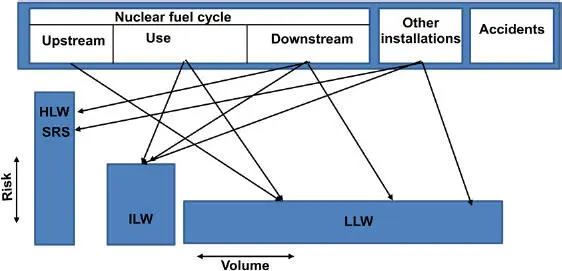
Figure 1.2. Diagram of the origins of radioactive waste (source: [OJO 14]). HLW: high-level waste; ILW: intermediate-level waste; LLW: low-level waste; NFC: nuclear fuel cycle; SRS: sealed radioactive sources. For a color version of this figure, see www.iste.co.uk/amiard/radioactive.zip
1.4.1. The main radionuclides in radioactive waste
The principal radionuclides in radioactive waste are very varied and can be classified into four categories. These are fission products (H, Se, Br, Kr, Rb, Sr, Y, Mo, Tc, Ru, Rh, Pd, Ag, Cd, In, Sn, Sb, Te, I, Xe, Cs, Ba, La, Ce, Pr, Nd, Pm, Sm, Eu, Gd, Tb and Dy), activation products (C, Cr, Mn, Fe, Co, and Ni) and heavy nuclei (U, Nb and Zr), those that are both fission and activation products (Zr and Nb), heavy nuclei (U, Np, Pu, Am and Cm) and some elements with long-lived radioactive isotopes (C, Zr, Tc, Pd, Sn, I, Cs and Sm) to which are added the five heavy nuclei elements.
Читать дальше
